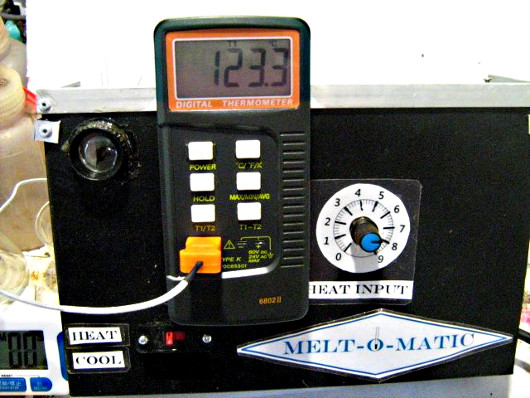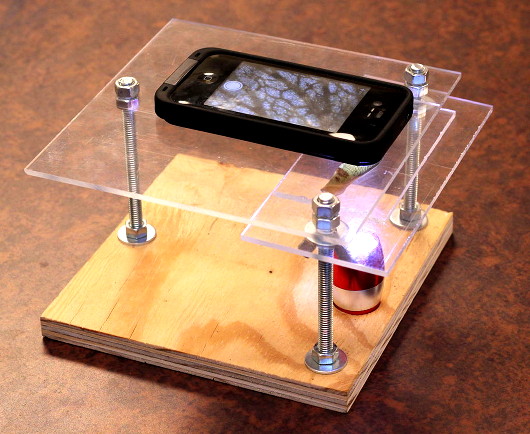A common technique in organic chemistry is to determine the melting point of a specimen. While commercial options exist, [kymyst] decided to build one with similar (or better) functionality, and managed to keep it under $100. The basis of his rig is a 60W soldering iron. He simply replaced the normal soldering tip with an aluminum heating block that holds the capillary tubes and temperature probe. Two small fans are used to quickly cool the heating block, allowing fairly quick measurement times. It should be noted that building a project like this one will mean working with wires that carry 220V (or 115V, depending on your country). Please use proper precautions.
In case organic chemistry is on your list of ‘to learns’, [kymyst] included a nice writeup of the determination of melting points. It’s a great primer for those interested in learning more.
Using this setup, [kymyst] gets readings of ±0.1 °C. He mentions the possibility of adding a webcam for determining melting point automatically, something that would make this system competitive with much more expensive hardware.
The last time we saw one of these it used a hot glue gun as the heating element.

















